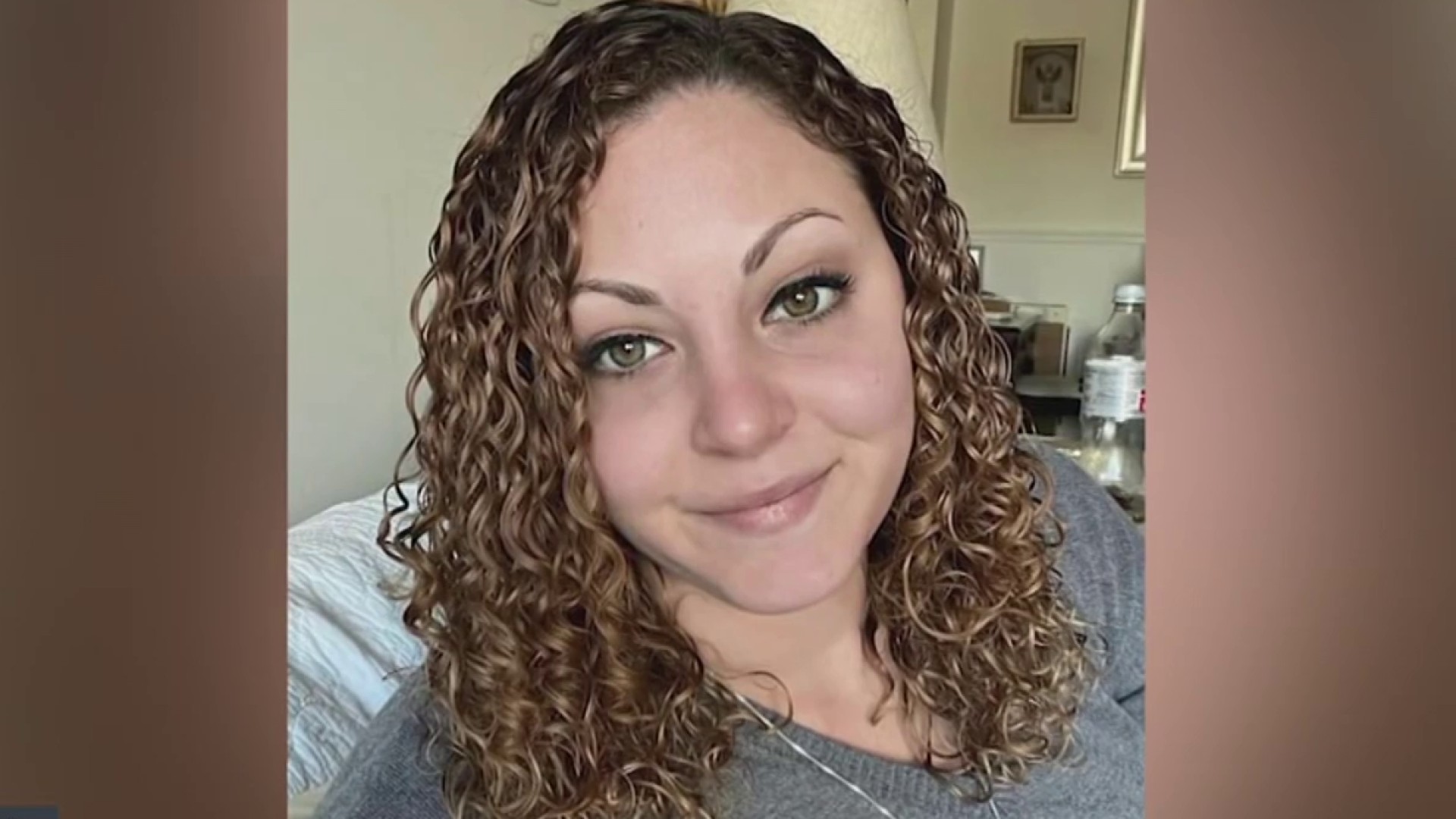Cutting-edge technology is being used in the D.C. region for people with heart problems who are too old or too frail for open-heart surgery.
Heart disease is the leading cause of death for men and women in the U.S. Each year, half a million people get open-heart surgeries, but thousands more are turned away because they’re too weak to survive the operation.
A minimally invasive option gives hope to a lot of people, allowing them to recover faster than ever before.
“I've been hospitalized several times with congestive heart failure,” said Wayman Wilkins Jr., 92.
We're making it easier for you to find stories that matter with our new newsletter — The 4Front. Sign up here and get news that is important for you to your inbox.
He was in bad shape because of a severe blockage in the main artery of his heart and in his aortic valve.
“Well before, I probably could only walk maybe 100 feet before getting really tired,” he said.
Because of his age and condition, open-heart surgery wasn’t an option, so doctors at Virginia Hospital Center in Arlington suggested the new procedure.
Local
Washington, D.C., Maryland and Virginia local news, events and information
“In some ways, it's really a game changer for our patients,” cardiologist Dr. Ben Galper said. “And this shockwave allows us to very gently and safely treat these blockages without having to use a drill or open-heart surgery.”
Galper was the first in the state of Virginia to use this shockwave intravascular lithotripsy technology.
Instead of using a drill to break up the calcified blockages from the artery, doctors make a tiny incision in the patient’s wrist or groin area and snake a catheter up the artery into the heart, delivering high-frequency sound waves that break apart the calcium build up, essentially melting it away.
Once the artery is clear, a stent props open the blockage so it won’t come back.
Doctors then repair the patient’s aortic valve with another cutting-edge technique called transcatheter aortic valve replacement (TAVR).
“We put this on a catheter the size of a pen,” Galper said. “Under X-ray, we bring this valve up to your heart valve, to your aortic valve, and we inflate a balloon and put this valve in place of your old valve, and in two hours or less, we've done the procedure.”
Wilkins, a grandfather from Kensington, Maryland, was the first person in the country to be treated using both minimally invasive procedures. Doctors say without them he could have died.
“Fixing the artery, fixing the valve, could have had a life-threatening complication, but being able to use shockwave, we opened up the artery gently and put a stent in there and then did the TAVR right afterwards,” Galper said. “And he did incredibly well. The next day, I honestly couldn't keep up with him in the hospital where he was doing the laps.”
For Wilkins the relief was immediate, and he was back home and working out within days. Feeling better and with the COVID-19 pandemic phasing down, he said he hopes he can get back to exercising three days a week at the YMCA and going for fairly long walks.
Patients do not have to be put to sleep for procedures, and the recovery time is faster with patients home within a day or two.
As with any procedure, Galper said there are risks.
Wilkins said he’s doing physical therapy and getting stronger every day. He looks forward to getting back to his group of friends at the YMCA.
Younger people who need cardiac heart surgery should consult with their doctors to see whether shockwaves and TAVR are options for them.



